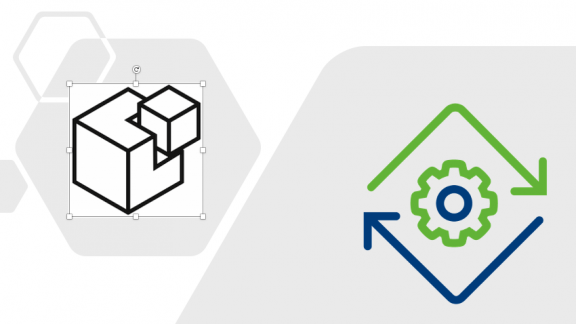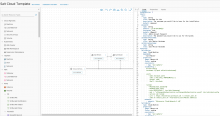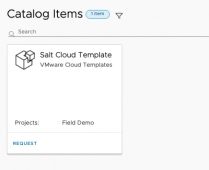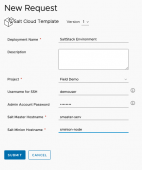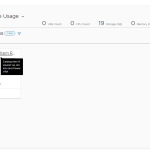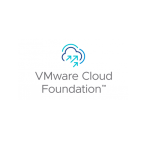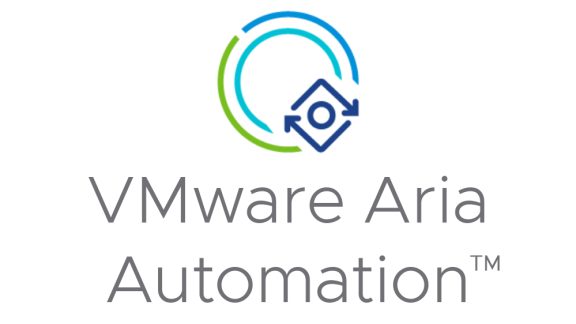VMware has announced an intent to acquire SaltStack! We are very excited about this announcement and we are sure our customers will be excited about this as well. You can read more about the acquisition here: https://blogs.vmware.com/management/2020/09/saltandvra.html
SaltStack can help IT with the following:
- Continuous Compliance
- Vulnerability Remediation
- Security Scanning
- Event-Driven Orchestration
- Auto-Scaling
- Application Deployment
- And much more!
In order to assist our vRealize Automation customers with getting a SaltStack environment up and running we created a vRealize Cloud Template to get a Salt Master and Minion setup. You can download this Cloud Template and import the file directly into vRealize Automation or copy/paste the YAML code into a new Cloud Template.
Below is a snippet of the code for the Cloud Template:
Once you have the Cloud Template loaded up it should look like something like this in the UI (click to enlarge):
Notice there are two Virtual Machines and a single network. One VM is a Salt Master that runs the Salt daemon and sends commands to the Salt Minions. The Salt Minions are servers running the Salt daemon which can listen to commands from the Salt Master.
Also notice there are few inputs for usernames, password, hostnames etc. You will be prompted for these inputs at deployment time. You will also want to modify the YAML to reflect constraints for placement of the VM’s and identification of the network.
Go ahead and click the Deploy button at the bottom of the screen or you can publish the Cloud Template to the Service Broker Catalog and create a tile for Self-Service. Your catalog tile may look something like this:
Click the request link and fill in the inputs.
Once the deployment is complete click on the Deployment Tile to drill into the deployment details. Click on the Topology tab and you will see two virtual machines and a network. Go ahead and SSH into the Salt-Master so you can configure it to be able to run salt commands to the Salt-Minion.
Once you have logged into the Salt-Master then accept the keys so the master can communicate with the minion(s):
Output should look like this:
You should now be able to send a ping command to the minion from the master:
Output should look like this:
Now that you have the Salt environment running its time to start running some salt commands! Please go through this tutorial https://docs.saltstack.com/en/getstarted/ , it will walk you through many functions within Salt.
